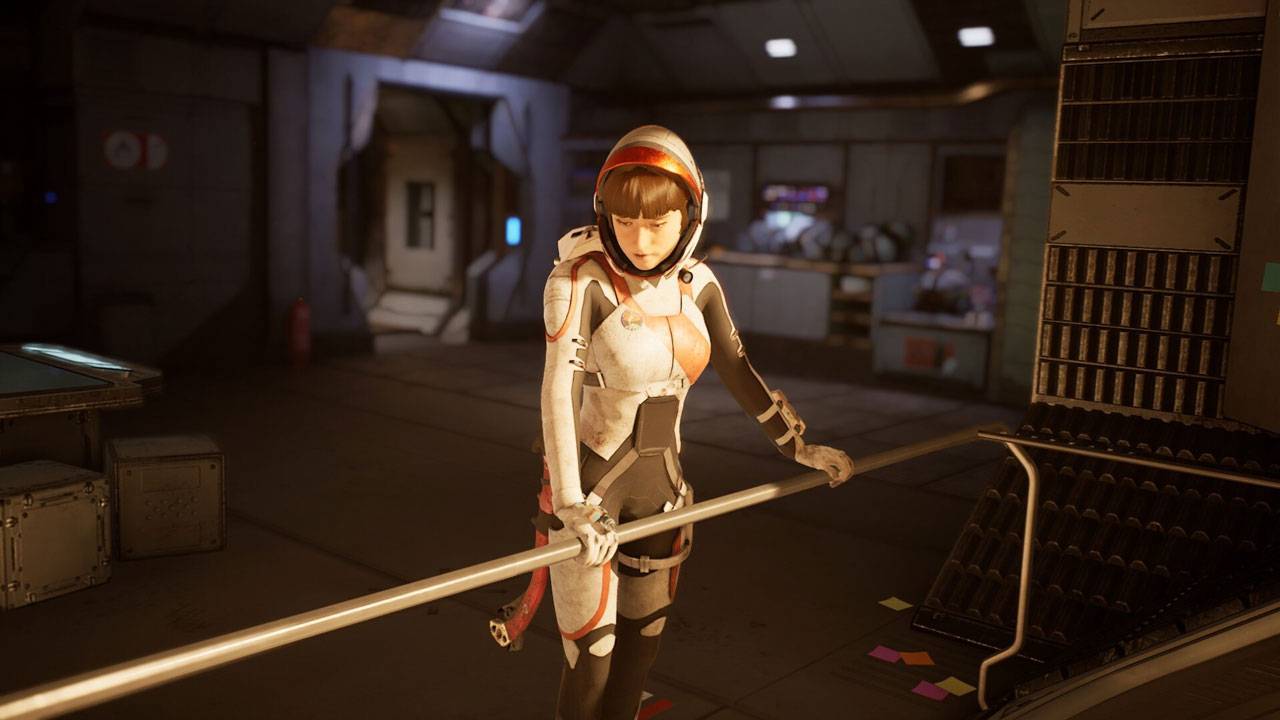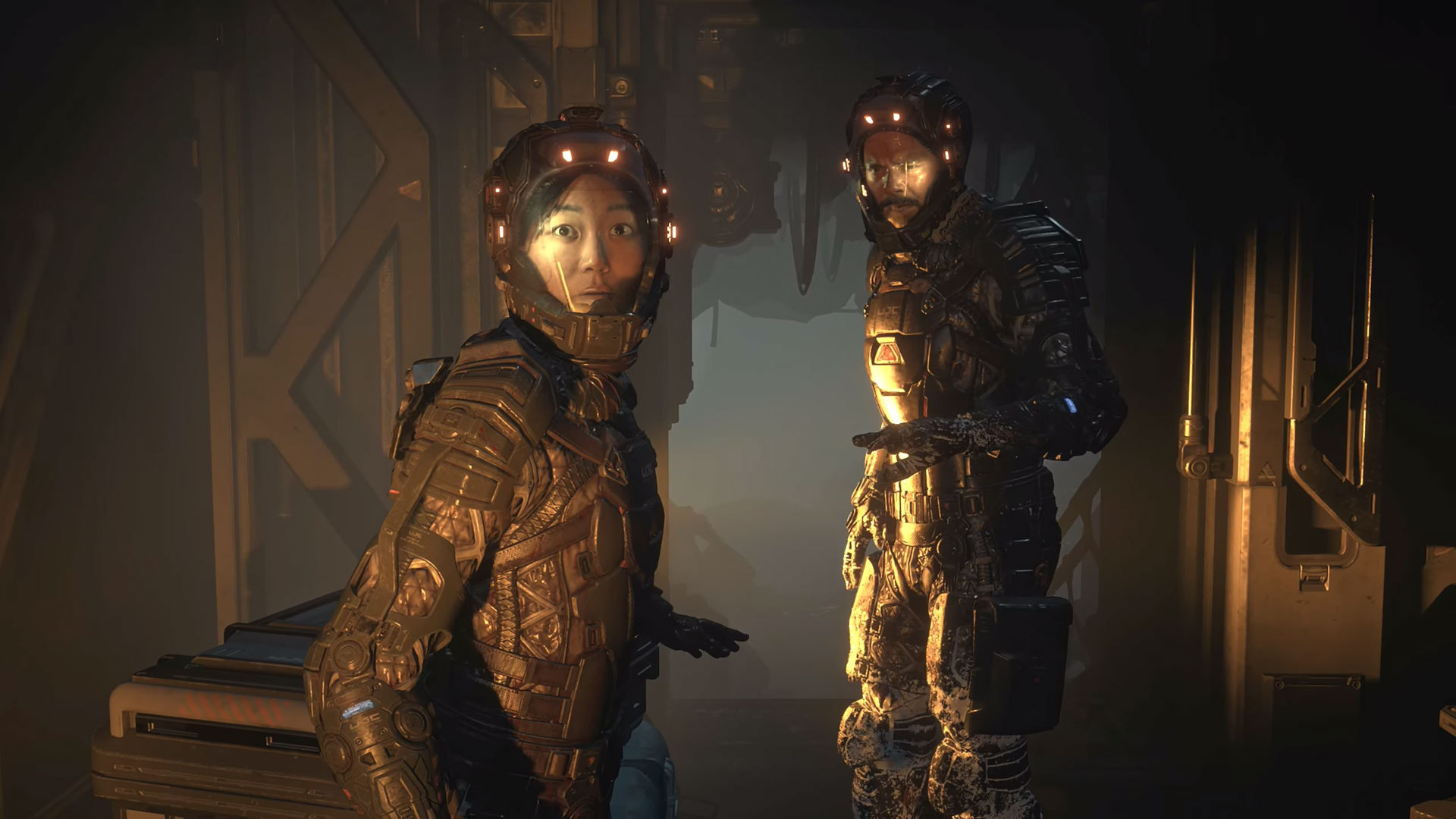From Pixels to Realism: How Graphics Technology Transformed Gaming
Opinion by JohnSnow on Sep 11, 2023
In the world of video games, technology has played a big role in making games better and better. It's like the engine that has powered the changes we've seen over time. We've come a long way from the early days when games were very basic. One of the most important parts of this journey has been how games look, and that's where graphics technology comes in. It's like the magic that turns simple pictures into amazing and realistic worlds we can explore in our games.
So, let's journey through time and see how graphics technology has made our games go from simple to incredibly lifelike.

The Early Days: Pixels and Sprites
When video games first began, they looked quite different from today. They had 8-bit and 16-bit graphics, meaning they were made up of tiny squares called pixels. These early games, like "Super Mario Bros.," "Pac-Man," and "Tetris," were simple in how they looked, but they were incredibly fun to play.
Even though the characters were blocky and the worlds were made of pixels, people loved these games because they were so creative and exciting. These games are still remembered and played today, showing that good gameplay is more important than fancy graphics. These pixelated games were like the building blocks that paved the way for the amazing graphics we have in games now.
Beyond the Screen: Virtual Reality (VR)
Beyond the screen, virtual reality (VR) has emerged as the next frontier in gaming graphics. VR technology offers players a level of immersion and presence that was previously unattainable. With VR headsets and motion controllers, gamers can step into fully realized 3D worlds, where they can interact with the environment and characters in ways that go beyond traditional gaming experiences.
Titles like "Half-Life: Alyx," "Beat Saber," and "Resident Evil 7: Biohazard" have showcased the potential of VR gaming by providing players with a sense of physical presence and agency within the game world. VR has expanded the gaming possibilities and opened up new avenues for storytelling, exploration, and social interaction in the virtual space.
The 3D Revolution
A big change happened in gaming when 3D graphics and "polygonal modeling " were introduced. This change allowed the people who make games to create worlds that felt very real, as if you could almost touch them. Games like Super Mario 64, The Legend of Zelda: Ocarina of Time, and Final Fantasy VII were some of the first to do this.
They showed us new ways to tell stories and made us feel like we were really inside the game. With 3D technology, games became more than just flat pictures; they became like new worlds we could explore. We could even talk to the characters and do things like in real life. The time of 3D graphics was a huge moment for video games, making them more exciting and fun than ever before.
High-Definition and Realism
Playing video games with incredibly clear and detailed pictures, just like in a movie, became possible when high-definition (HD) graphics were used in gaming. HD technology made the images in the games look very clear and real. Game creators used special tricks to make things and characters seem almost alive, like adding real-looking lights, making things move like they would in the real world, and using detailed designs.
Games such as "The Elder Scrolls V: Skyrim," "The Last of Us," and "Uncharted 4: A Thief's End" showed how good HD graphics could be. When you played these games, it felt like you were in a stunning and exciting adventure, almost like a movie.

Ray Tracing and Next-Gen Graphics
Ray tracing technology has become a game-changer in the world of gaming graphics. It makes everything in the game look super realistic, just like how light works in the real world. So, you get amazing visuals with things like reflections, shadows, and cool lighting effects.
This special technology is possible because the new game machines and powerful computer parts are super strong, and they can do ray tracing in real time while you're playing. Games such as "Control" and "Cyberpunk 2077" have already implemented ray-tracing technology.
The Future of Graphics Technology
The future of gaming graphics is an exciting frontier filled with boundless possibilities. Predictions point towards graphics becoming even more lifelike and immersive. Experts are planning to use artificial intelligence and machine learning to make graphics in games more dynamic and responsive. As these technologies get better, games might start to look so real that it's hard to tell them apart from the real world.
This means that playing games will be like stepping into a whole new world that feels just like reality. It's a big leap forward that will change not only how games look but also how we experience and interact with them, creating amazing new gaming adventures that used to be only in science fiction.
Moderator, NoobFeed
Latest Articles
No Data.

